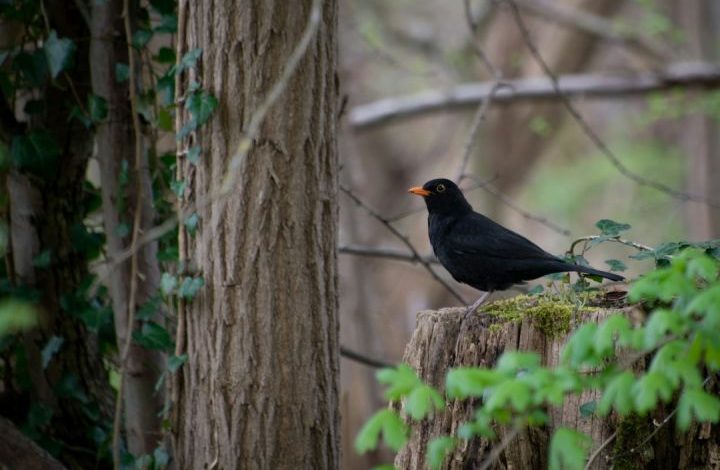How to Identify Bird Calls in the Wild?

Bird watching is a popular hobby enjoyed by people of all ages. One of the key skills in this hobby is being able to identify bird calls in the wild. Birds use calls for various reasons, including communication, territorial defense, and attracting mates. By learning to recognize different bird calls, you can enhance your bird watching experience and gain a deeper understanding of the avian world. In this article, we will explore some tips and techniques to help you identify bird calls in the wild.
Understanding the Basics
Before diving into the world of bird calls, it is important to have a basic understanding of the different types of calls that birds make. There are three main categories of bird calls: songs, calls, and alarms. Songs are typically longer and more complex and are used by males to attract mates and establish territories. Calls, on the other hand, are shorter and simpler and are used for everyday communication. Alarms are sharp and loud calls that birds use to alert others of potential dangers.
Listening Attentively
To identify bird calls, it is essential to listen attentively to the sounds around you. Find a quiet spot in nature, away from human-made noises, and focus your attention on the sounds of birds. It may take some time and practice, but with patience, you will start to recognize different calls. Pay attention to the pitch, rhythm, and pattern of the sounds. Some birds have distinctive calls that are easy to identify, while others may require more experience.
Learning from Recordings
Listening to recordings of bird calls can be a valuable tool in learning to identify them. There are numerous resources available, including websites, smartphone apps, and field guides that provide recordings of bird calls. Take advantage of these resources to familiarize yourself with the different sounds. Start by listening to common bird calls and gradually move on to more challenging ones. It is important to note that while recordings can be helpful, nothing compares to hearing the calls in person.
Memorizing Sound Patterns
Bird calls often have distinct sound patterns that can help you identify them. Pay attention to the pitch, rhythm, and repetition of the sounds. Some calls may have a rising or falling pitch, while others may have a repetitive pattern. By memorizing these sound patterns, you can quickly recognize and identify bird calls in the wild. It is also helpful to associate specific calls with the birds that make them, as different species have unique vocalizations.
Practicing Active Listening
Active listening is a skill that can greatly improve your ability to identify bird calls. Instead of simply hearing the sounds, actively listen for the details. Try to pick out individual notes, variations in pitch, and any other unique characteristics. By training your ears to focus on these details, you will become more adept at identifying bird calls. Additionally, practicing active listening can also enhance your overall appreciation of nature’s symphony.
Joining Birding Groups or Workshops
If you are serious about learning to identify bird calls, consider joining a local birding group or attending workshops. These groups often organize bird walks and field trips, where experienced birders can help you learn and identify different calls. Being in the company of fellow enthusiasts can provide a supportive learning environment and allow you to exchange knowledge and experiences. Plus, it’s a great way to connect with like-minded individuals who share your passion for birds.
In Conclusion
Identifying bird calls in the wild is a skill that takes time and practice to develop. By understanding the basics, listening attentively, learning from recordings, memorizing sound patterns, practicing active listening, and joining birding groups or workshops, you can enhance your ability to identify bird calls. Remember, patience and perseverance are key, so keep exploring, listening, and enjoying the captivating world of bird sounds. Happy bird watching!
